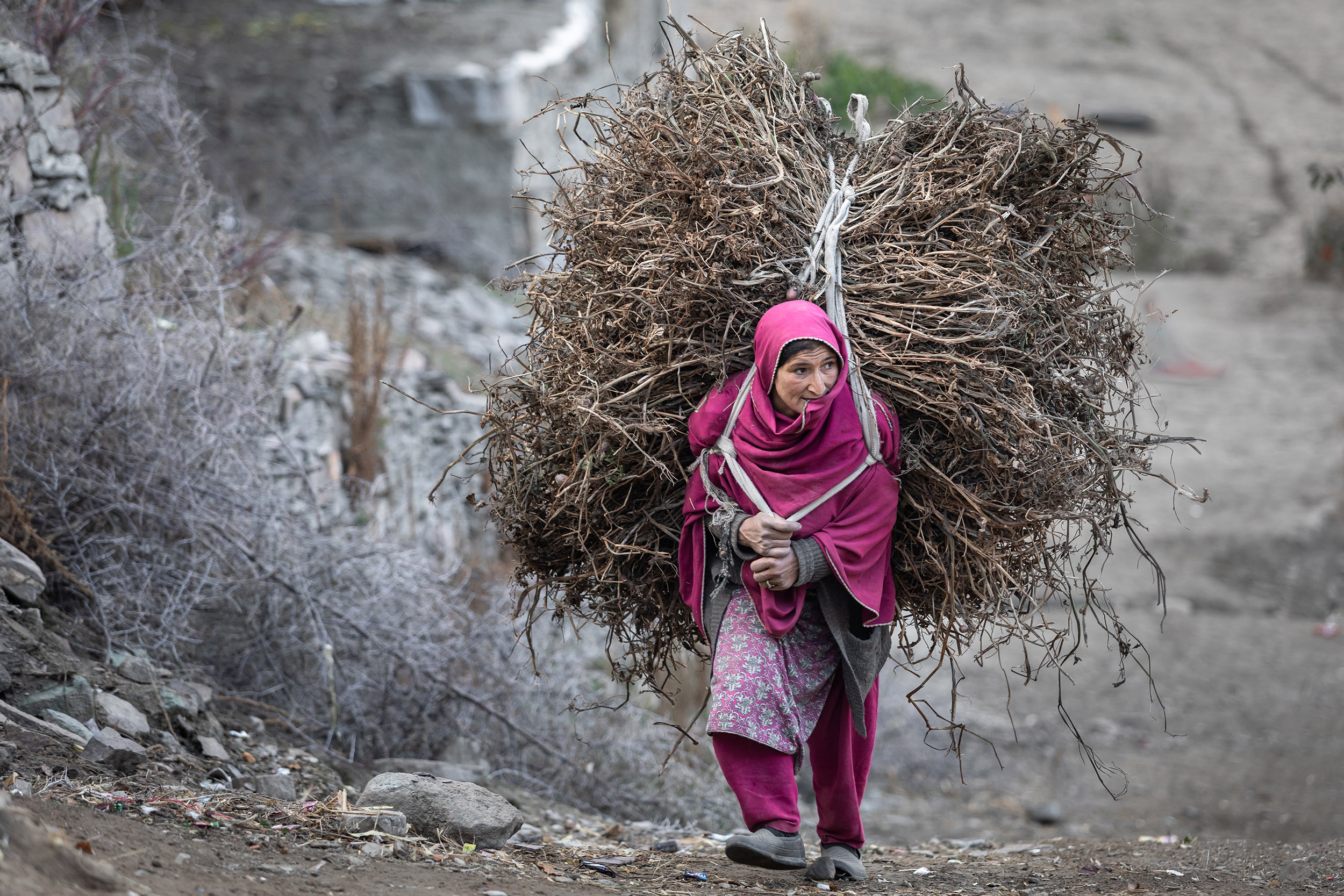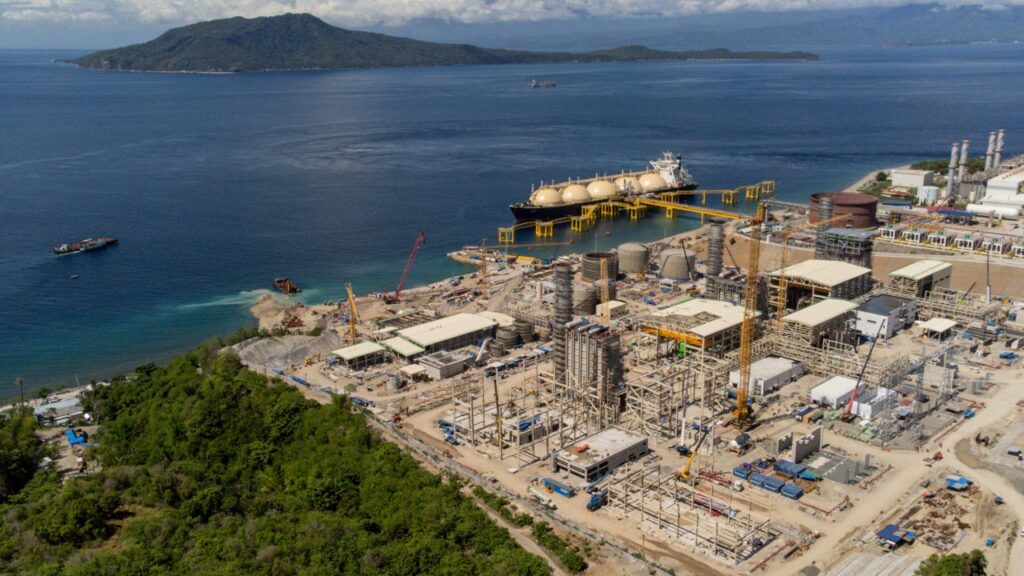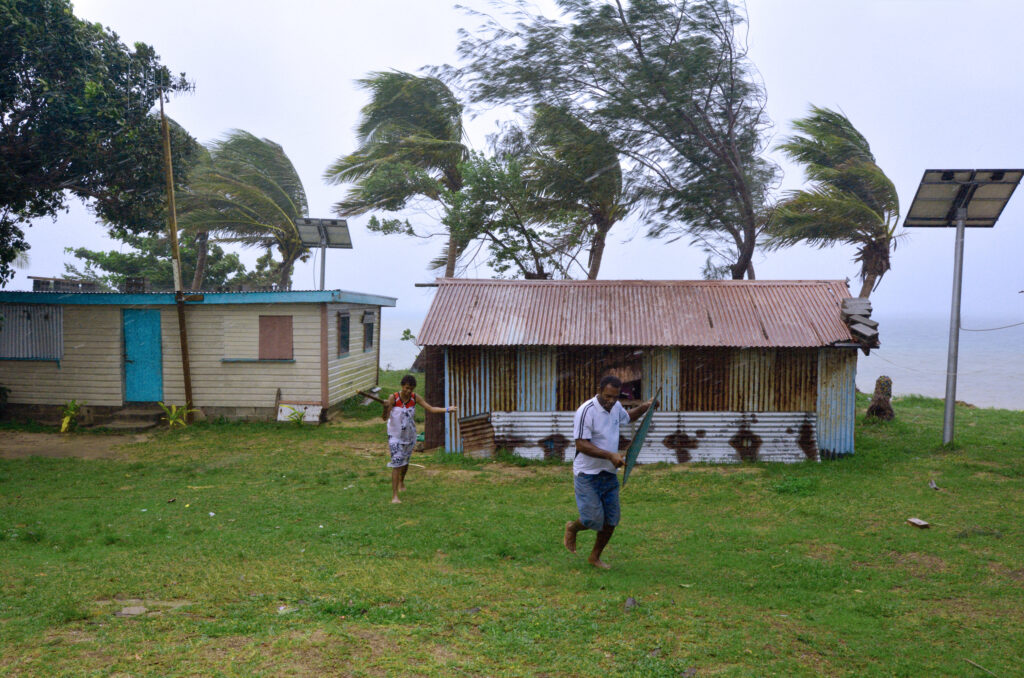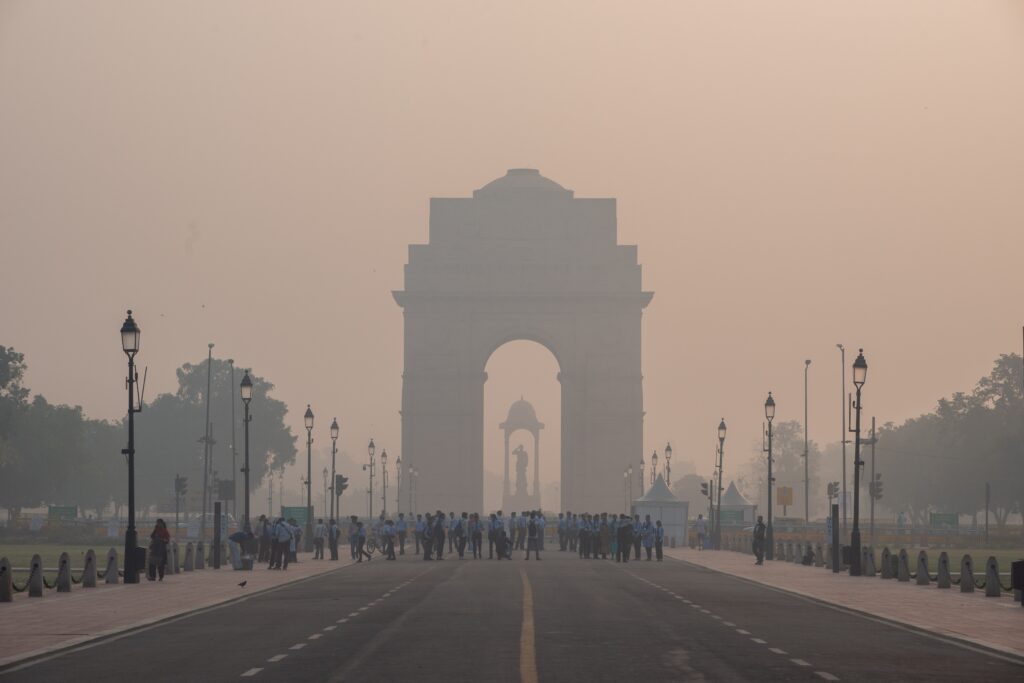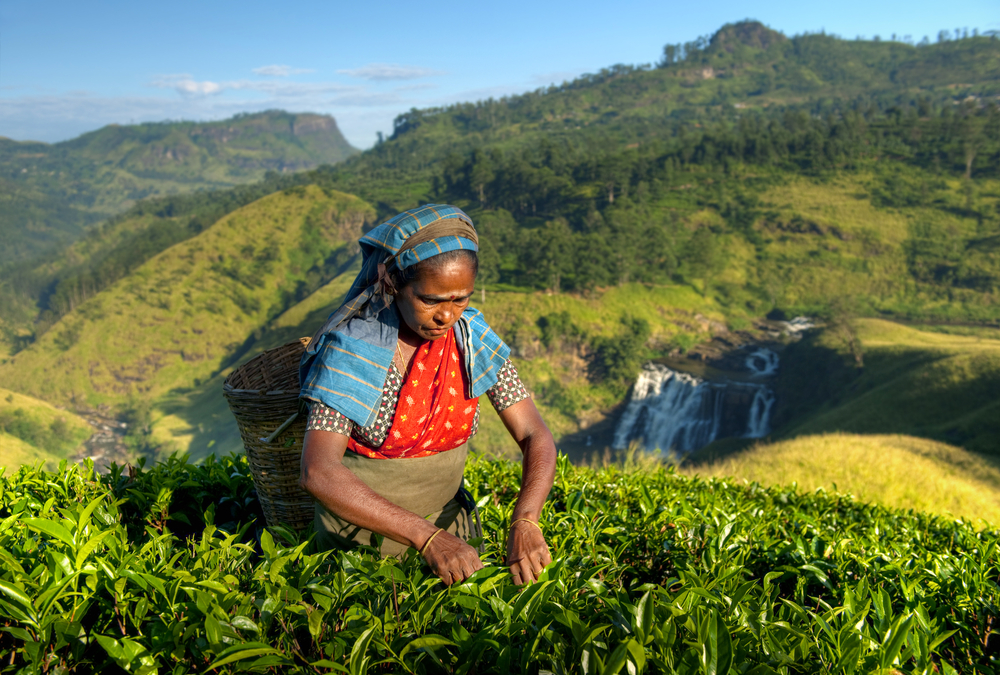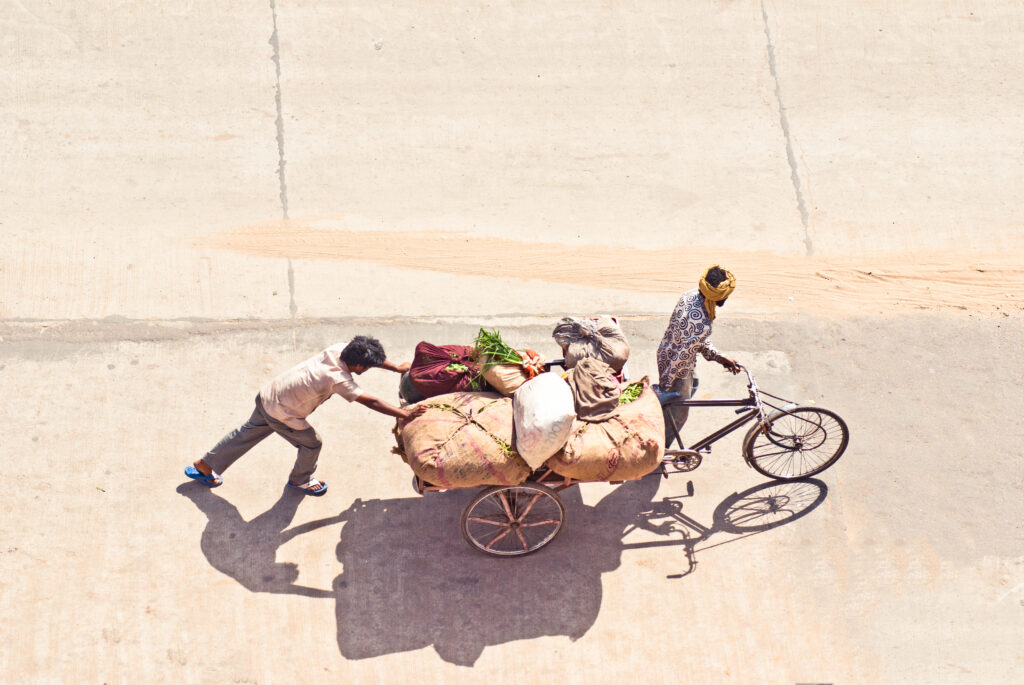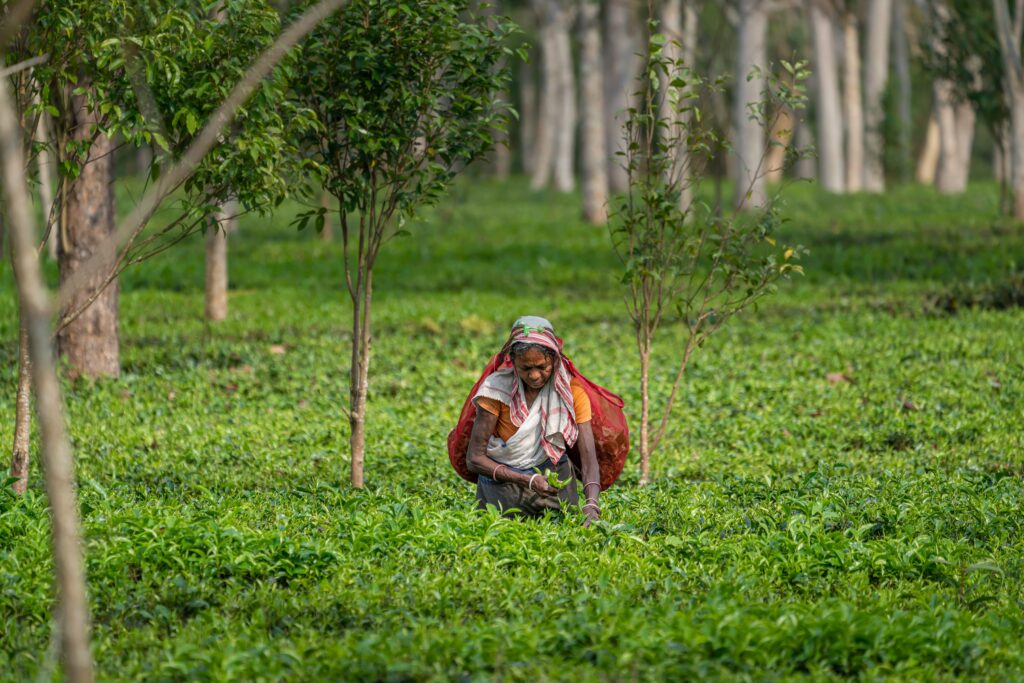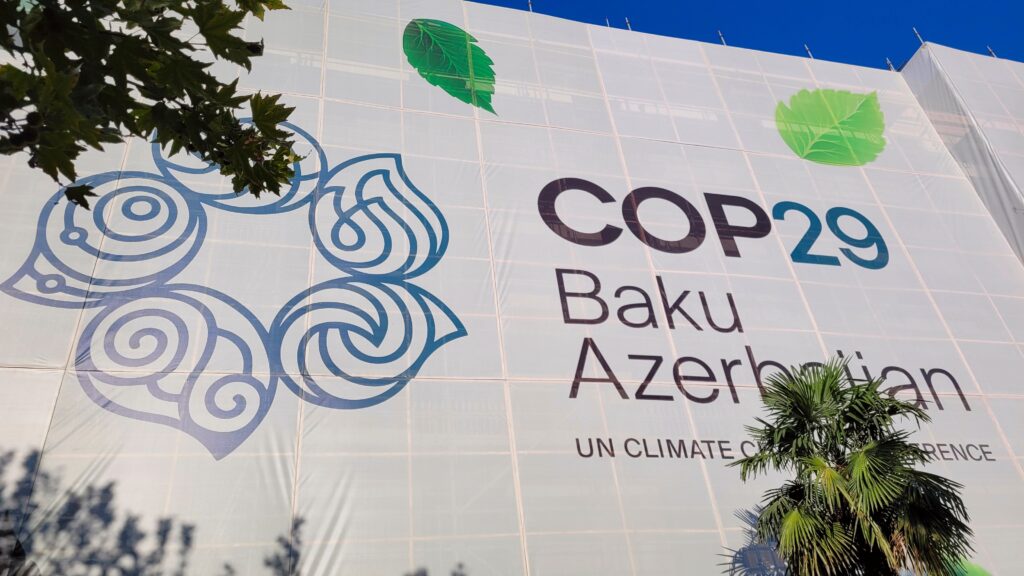Climate change in Pakistan is taking a heavy toll. Few countries have suffered as much as Pakistan from climate change impacts. It has, like several other developing countries in South Asia, seen numerous deaths and disruptions to lives and livelihoods as a result of climate change.
Climate Change in Pakistan in 2023 – Extreme Climatic Events
In July 2023, floods and landslides triggered by monsoon rains left at least 50 people dead and 87 injured in Pakistan. Building collapses, electrocution and drowning caused most of the deaths. The torrential rains returned a year after Pakistan’s catastrophic floods submerged one-third of the country.
With 133% more rain than the average for the past 30 years, July 2022 was the wettest in three decades. The resulting flash floods in Pakistan affected more than 33 million people and killed more than 1,000 people. They also damaged over 1.7 million homes, nearly 6,700 km of roads and around 18,000 square km of cropland. Altogether, the damage cost the economy more than USD 30 billion. As a result, climate change is a real threat to economic stability, food security and water availability.
A World Weather Attribution (WWA) study found that human-induced climate change could have increased rainfall intensity during Pakistan’s 2022 floods by up to 50%.
“What we saw in Pakistan is exactly what climate projections have been predicting for years,” Dr. Friederike Otto, senior climate science lecturer at the Grantham Institute for Climate Change and the Environment and an author of the WWA study, said. She added that further warming would make these heavy rainfall episodes even more intense.
Global Warming Threatens the Indus River
Flooding caused by prolonged rainfall and the overflow of rivers is among the most dangerous climate impacts facing Pakistan. During the 2022 floods, the Indus River, which runs the length of the country, burst its banks and turned into a massive inland lake.
One of the world’s largest rivers, the Indus is a key source of fresh water in the region. Since 1960, India and Pakistan have shared the rivers and tributaries of the Indus Basin under a treaty mediated by the World Bank. The agreement gave India a share of about 20% and Pakistan about 80%.
But according to environmental experts, new water demands on the basin necessitate a renegotiation of the 62-year-old Indus Waters Treaty. They say the treaty needs to factor in climate change and pollution rather than political considerations.
While other rivers in Pakistan rely on rain for their flow, the Indus is mostly dependent on snowmelt and glacial melting. However, most of Pakistan’s glaciers are retreating due to global warming. If temperatures continue to climb, the Indus will reach “peak water” by 2050, after which flows will decline. Furthermore, the increasing demand for hydropower and irrigation is putting immense pressure on the Indus.
Although Pakistan has a bigger share, it will suffer the most if the river cannot sustain this pressure. This is because the Indus is responsible for over 90% of the country’s agricultural output and accounts for 25% of its GDP.
Maharaj Pandit, an environmental studies professor at the University of Delhi, addressed the situation in Pakistan. “All its exports, whether Basmati rice or textiles, depend on the Indus basin,” he said.
Climate Change Fuels Extreme Weather Events
Heatwaves also represent a climate change risk for Pakistan. In June 2023, temperatures exceeding 40°C led to 22 deaths from heat stroke and exposed millions of people to health risks. And, in March and April 2022, a heatwave that pushed rising temperatures up to 50°C resulted in 90 deaths across India and Pakistan.
A WWA study found that climate change made the 2022 heatwave 30 times more likely. Additionally, the fact that only 13.1% of people in cities and 2.3% in rural areas own air conditioning makes Pakistan’s heatwaves even more dangerous. One of the deadliest such events occurred in 2015 and claimed about 2,000 lives.
Besides heatwaves, seawater intrusion is occurring at an alarming rate of over 320,000 square m per day in Pakistan’s southern Sindh province. Driven by climate change, the movement of saline water into freshwater aquifers is destroying arable land and contaminating groundwater. This environmental problem poses great risks for coastal communities.
Meanwhile, melting glaciers in Pakistan’s northern region are leaving behind large, unstable lakes that can cause flash floods. Pakistan has more glaciers than anywhere in the world outside the polar regions. It also has one of the highest populations exposed to glacial lake outburst floods – leaving around two million people vulnerable. In 2022, the country saw triple the usual number of glacial lake outbursts.
To What Extent Is Pakistan Responsible for Global Warming?
Pakistan emits less than 1% of the world’s planet-warming gases. However, numerous factors within the country are contributing to global warming.
For instance, the economy relies on fossil fuels to meet 63% of its energy requirements. Consequently, about 76.1% of Pakistan’s CO2-equivalent emissions come from the energy sector. Moreover, the Pakistani government plans to quadruple its domestic coal-fired capacity to meet energy needs without relying on imports.
Coal is the largest source of global average temperature rise and the most-polluting way to produce electricity. Pakistan already has the third-highest level of air pollution in the world causing major issues. Each year, at least 128,000 people die prematurely due to toxic smog in the country, particularly in urban centers, mainly driven by fossil fuel use.
How Can We Control Climate Change in Pakistan?
It is clear that Pakistan is highly vulnerable to climate change. By 2050, environmental degradation, extreme climate-related events and air pollution could reduce Pakistan’s GDP by up to 20%. This will significantly set back its development ambitions and its ability to reduce poverty.
Given these serious implications, the country urgently needs substantial investments in climate resilience and adaptation.
“If we want to tackle climate change, we need to prioritise investing in adaptation to help prepare Pakistan for future climate-related calamities, which are growing in frequency and intensity,” said Hela Cheikhrouhou, vice president for Middle East and Central Asia at the International Finance Corporation.
With the right policy frameworks, she added, Pakistan has the opportunity to attract private investment to build its resilience, particularly in sectors such as water management, agriculture, urban infrastructure and municipal services.
Heba Hashem
Journalist, Dubai
Heba is an Arabic and English-speaking freelance journalist based between the United Arab Emirates and Canada. She covers stories about business, renewable energy, climate change, finance, technology, real estate, food production, lifestyle and arts and culture.
Heba is an Arabic and English-speaking freelance journalist based between the United Arab Emirates and Canada. She covers stories about business, renewable energy, climate change, finance, technology, real estate, food production, lifestyle and arts and culture.

